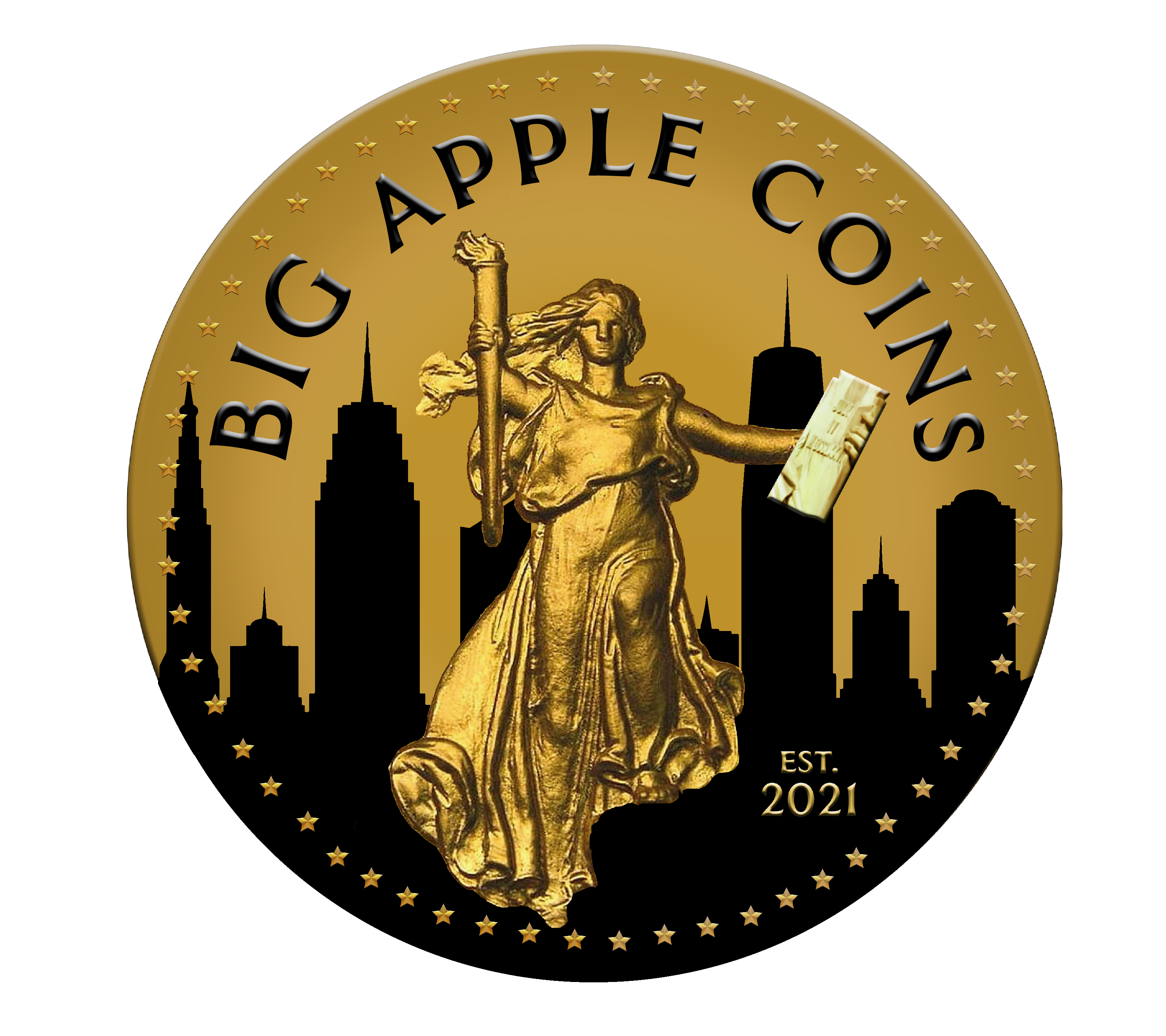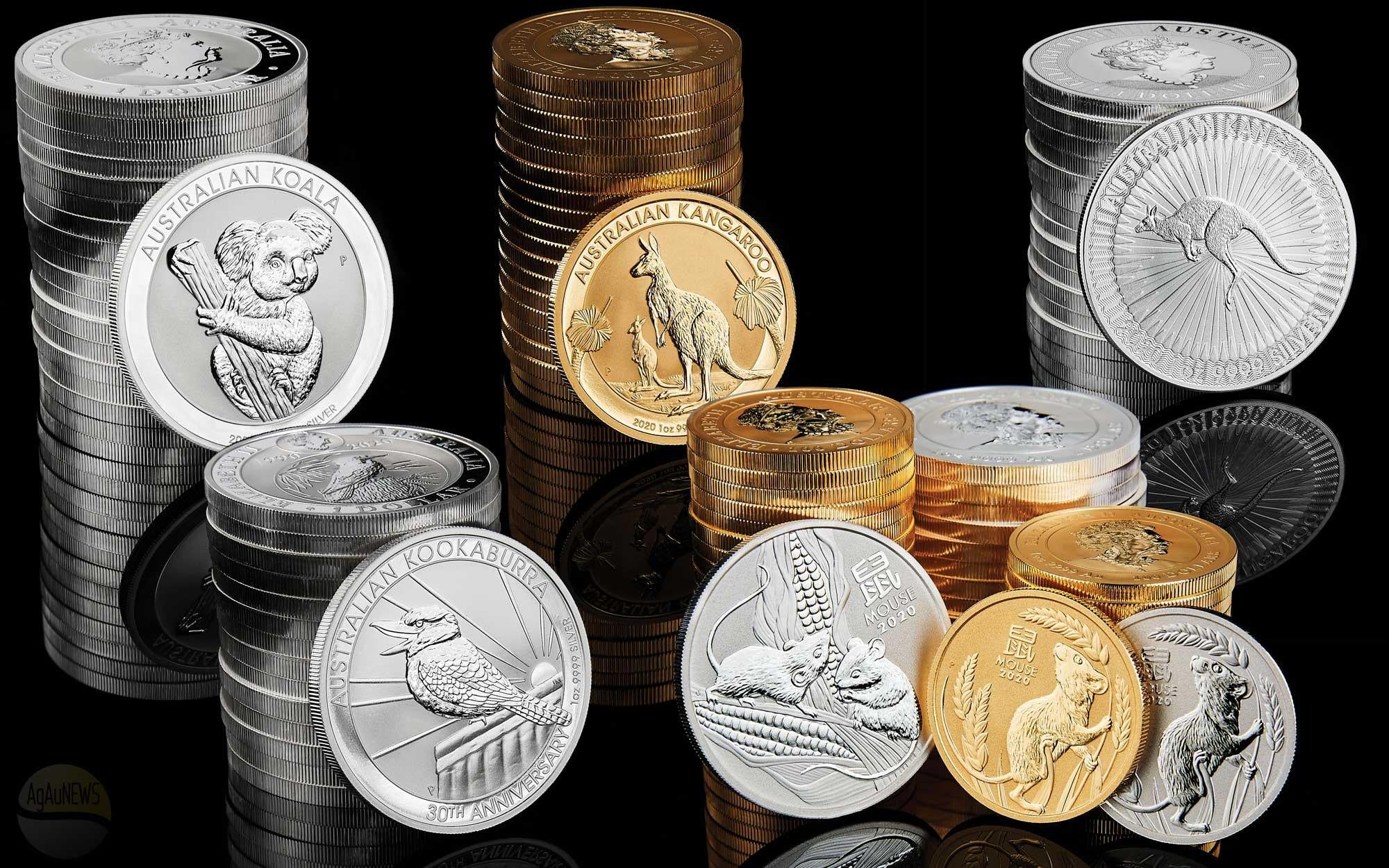Do you have old coins and want to know if your old coin is worth a lot? It can be fun finding rare coins, but it can be hard to know if you have one. This guide will help you find out if you are thinking how to know if you have a rare coin? It is for people who already collect coins and for people who are just starting out.

What Makes a Coin Rare and Valuable?
There can be several factors that determine whether the coin collection appraisal is real and valuable. However, understanding what makes a coin rare and valuable can be a fascinating journey. Here are three major factors that significantly influence a coin's worth:
1. Mintage Number: The number of coins originally produced, or mintage number, is a primary factor in determining rarity. Coins with lower mintage numbers are generally rarer and more sought after by collectors.
2. Condition (Grade): A coin's condition, also known as its grade, plays a crucial role in its value. Coins in excellent condition with minimal wear are typically more valuable. Professional grading services can provide an accurate assessment of a coin's condition, which can greatly influence its market value.
3. Demand: The demand for a particular coin within the collector's market is a significant factor in its value. High demand can drive up prices, even for coins that may not be exceptionally rare or in perfect condition.
Identifying Rare Coins
Are you curious if that old coin in your coin collection appraisal is a hidden treasure? Identifying rare coins can be an exciting and rewarding endeavor. Here is how you can understand the key aspects of determining a coin's rarity and value.
Check mintage figures to identify rare coins
One of the primary steps in identifying rare coins is to research their mintage figures. The mintage number refers to the total quantity of coins produced in a particular year or minting period. Coins with lower mintage figures are generally considered rarer and more valuable. By examining these figures, you can get a clear idea of your coin's potential rarity. Historical records and numismatic databases can provide this crucial information, making it easier to determine if your coin stands out due to its scarcity.
Look for design variations and anomalies
Another essential factor in identifying rare coins is to look for unique design features, errors, or variations. Collectors can highly seek after coins with unusual characteristics. These design variations can include misprinted dates, misaligned dies, or other minting errors. For example, a sell coins in New York with a double-struck image or an off-center design can significantly increase its value. These anomalies often occur due to mistakes during the minting process, making such coins rare and desirable.

Coin Condition and Its Impact on Value
Understanding how a coin's condition affects its value is essential for any collector. The state of preservation and the level of wear on a coin can significantly influence its market worth.
How condition affects a coin’s value
Coins in excellent condition, showing minimal wear and tear, are generally more valuable. This is because well-preserved coins retain more of their original features, such as sharp details and clear images. Factors like scratches, discoloration, and dents can decrease a coin’s value, as they detract from its overall appearance and historical integrity.
Coin collection appraisal near me use grading systems to assess a coin’s condition accurately. Higher grades typically indicate a better-preserved coin, leading to increased desirability and value. Therefore, maintaining and protecting your coins from damage is crucial in preserving their worth.
Mintage and Population
Grasping the concepts of mintage and population estimates is crucial for any coin collector. Mintage refers to the total number of coins originally produced, whereas population estimates indicate how many of those coins are still in existence today.
Understanding mintage and population estimates
By examining both figures, you can gauge the rarity and potential value of your coin. A low mintage number combined with a small surviving population often means a coin is rare and highly sought after. Understanding these aspects helps collectors make informed decisions about the value and significance of their Coin Dealer NY.
How mintage affects a coin’s value
Coins with lower mintage figures are generally more valuable because their rarity makes them highly sought after by collectors. Conversely, coins with higher population estimates tend to be less valuable due to their abundance in circulation. The scarcity created by low mintage numbers can significantly increase a coin's desirability and market value, making understanding mintage an essential aspect of coin collecting.

Bullion Content and Metal Composition of Valuable Coins
Coins' bullion content and metal composition often influence their value. Coins made from precious metals like gold bullion, silver bullion, or platinum hold intrinsic value based on the worth of the metal itself. This can make such coins highly valuable, independent of their rarity or historical significance.
The importance of bullion content and metal composition
Understanding the metal composition of your coin is essential in determining its true value. The purity and weight of the metal contribute significantly to its market worth, making it a key factor for coin collectors and investors alike.
How to identify coins with valuable metal content
Determining the value of a coin often starts with understanding its metal content. Here’s how you can identify coins made from valuable metals:
Research Metal Composition: Use reliable numismatic coins resources or official mint publications to look up your coin's metal composition. This will tell you what metals the coin contains and their purity levels.
Identify Precious Metal Coins: Certified coins are well-known for their precious metal content. Examples include the American Gold Eagle and the Canadian Gold Maple Leaf, both of which are made from high-purity gold.
Check for Hallmarks: Many rare and valuable coins have hallmarks or inscriptions that indicate their metal content and purity. This can help you verify the Certified coins composition.

Errors and Varieties in Rare Coins
Identifying errors and varieties in United States coins can significantly boost their face value too. These unique characteristics make certain coins highly sought after by collectors, increasing their market worth.
How do errors and varieties increase a coin’s value?
Coins with errors, such as misprinted dates or misaligned dies, are often rare and, therefore, valuable. These mistakes occur during the minting process, creating distinctive coins that stand out from standard issues. Varieties, on the other hand, include coins with unique mint marks or special designs. These features can also enhance a coin’s desirability and value.
Examples of valuable error coins
Some famous examples of very rare penny valuable error coins include the 1943 Lincoln Wheat Cent, which was mistakenly struck on a copper planchet instead of the intended steel. Another notable example is the 1955 Lincoln Wheat Cent with a double die error, where the date and lettering appear doubled. Both of these errors make the coins rare and highly valuable to collectors.
Historical Significance of Rare Coins
How historical significance affects a coin’s value
Coins that played a role in important historical moments or were issued during transformative time periods often attract significant collector interest and demand. More than just their condition, mintage, or variety status, these pieces carry additional nuanced value because of the history they link us to.
Examples of coins with significant historical value
For example, coins minted during periods of war, political upheaval, economic transition or significant leadership changes feature prominently in collections. They allow the holder a tangible connection to pivotal events that shaped our modern world. Rare coin varieties tied to the American Revolution, Civil War or Westward Expansion see especially high valuations, as collectors and investors seek real pieces of our shared history.
Perhaps most prized are one-year issues and prototype designs that were quickly replaced. Their brief presence on the numismatic timeline takes on heightened historical context. Coins like the Susan B Anthony Dollar, Eisenhower Dollar, 1804 Silver Dollar, and 1913 Liberty Nickel serve as reminders of watershed moments through minting changes, political decisions, and historical circumstances surrounding their extremely limited production.
Getting Your Rare Coin Appraised
When it comes to appraising rare coins, seeking expert advice from reputable coin dealer is crucial to understanding their true value and potential in the market.
Where to get your rare coin appraised
Start by consulting with reputable coin dealers or certified coin dealers and appraisers who specialize in numismatics. These professionals have the expertise to accurately assess your coin, including silver dollars, based on factors like rarity, condition, and historical significance, ensuring you receive a precise valuation, especially for certified coins known for their authenticated quality and market value.

Tips for working with rare coin dealers and appraisers
Before seeking a coin collection appraisal, utilize online resources such as coin catalogs and numismatic websites. These platforms provide valuable information about coin values, recent auction results, and historical context. Familiarizing yourself with your coin’s background and potential worth can help you ask informed questions, understand the appraiser’s evaluation better, and make the most of your appraisal appointment. At Big Apple Coins, we encourage collectors to do their research to ensure they get the most accurate and fair appraisal.
Frequently Asked Questions:
1.How do I know if I have a rare coin?
• Check the mintage figures; lower numbers mean rarer coins. Look for unique design features or errors. Coins in excellent condition are typically more valuable. Professional grading services can help assess your coin.
2. What makes a coin rare and valuable?
Factors include:
• Mintage Number: Fewer coins produced means higher rarity.
• Condition (Grade): Better condition increases value.
• Demand: High demand boosts a coin’s value.
3.How does a coin's condition affect its value?
• Coins in better condition with minimal wear are more valuable. Scratches, discoloration, and dents decrease value. Professional grading can accurately determine a coin’s condition.
4.Where can I get my rare coin appraised?
• Consult reputable coin dealers or certified appraisers. Use online resources like coin catalogs and numismatic websites to gather information before your appraisal.


Share:
Discover the Fascinating World of Rare Coins and Bullion with Big Apple Coins
Why invest in gold bullion? - Is It the Best Investment in 2025